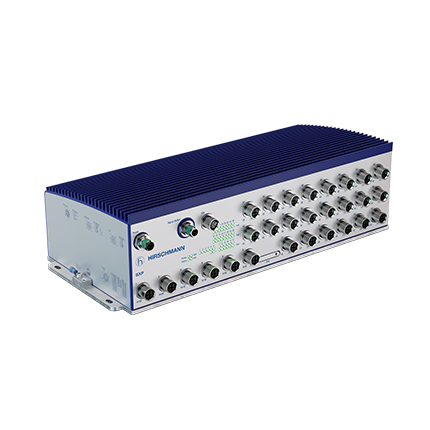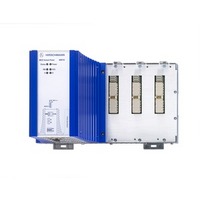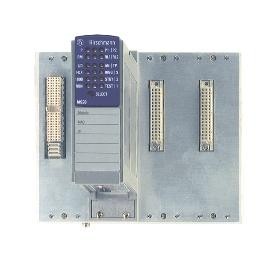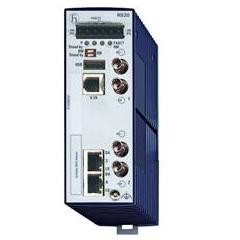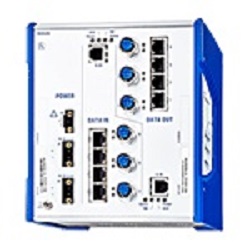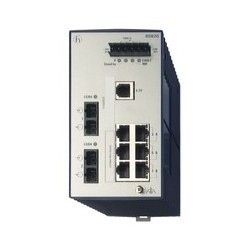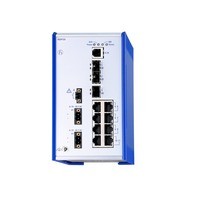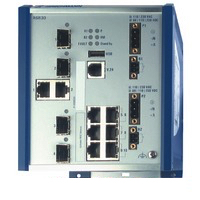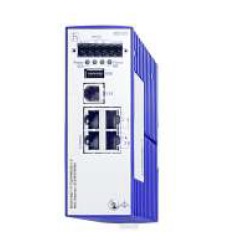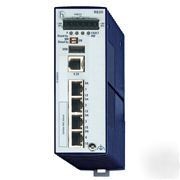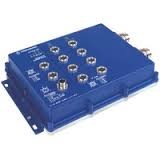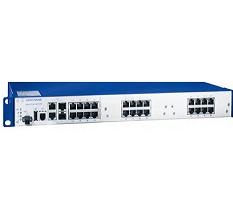Managed Switches
Managed Ethernet Switches
Ethernet Hubs
All data coming into the hub travels to all ports. As a hub doesn’t use management or addressing, it simply divides the bandwidth among users
Unmanaged Ethernet Switches
A switch, on the other hand, is more intelligent. It is selective about where it passes data. The switch learns which port certain equipment is using and passes along the data only to the ports that need to receive it.
Managed Ethernet Switches
A managed switch has its own IP address and allows you to have full control of your local area network (LAN) and the traffic moving through it. A managed switch will require a network engineer to commission and maintain the network as opposed to an unmanaged switch which usually has no user interface or options and are pretty much plug and play. The other option to a fully managed switch is a lite or smart managed switch where the majority of configuration parameters are pre - configured leaving the user to configure the switch without the need of any specialist IT skills.
Layer 1 switch (Hub) - All data coming in is routed to all ports except to the originating port
Layer 2 switch - Forwards data based on the MAC address of connected device
Layer 3 switch - Uses both MAC and IP addresses to communicate with the rest of the network
Like unmanaged switches managed switches come in a variety of forms including Rack Mount, Wall mount, Din Rail mount, Embedded and desktop.
Industrial Ethernet switches (both managed and unmanaged) may also be ruggedized to cope with harsh conditions which may include vibration, Heat, Cold, EMI (Electromagnetic Interference) and with various levels of waterproofing and or conformal coating.
Configuration
There are many methods of configuring managed (and lite) switches including but not limited to the command-line interface (CLI), telnet, serial console and web interface. Using a managed switch will allow configuration of each port including setting port bandwidth and how the data travels over the LAN, Create and modify Virtual LAN’s (VLAN) and control who has access to the network. Connection status can be monitored and statistical data can be recorded and stored for later analysis if required. Many manufacturers will also provide a configuration adapter which can be used to store switch configuration data which enables a managed switch to be easily commissioned and quickly replaced in the event of switch failure.
Protocols
The different protocols available will vary between manufacturers and models of switch.
Some of the more popular protocols are:- Simple Network Management Protocol (SNMP) is a protocol for monitoring, collecting information and configuring a variety of network devices. Dynamic Host Configuration Protocol (DHCP) server is used to automatically assign IP addresses, subnet masks, default gateway and DNS (Domain Name System) server information to devices on the network. Spanning tree protocol (STP) is a redundancy protocol used on larger networks which will re-route network traffic without creating loops in the event of equipment or cable failure.


